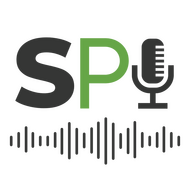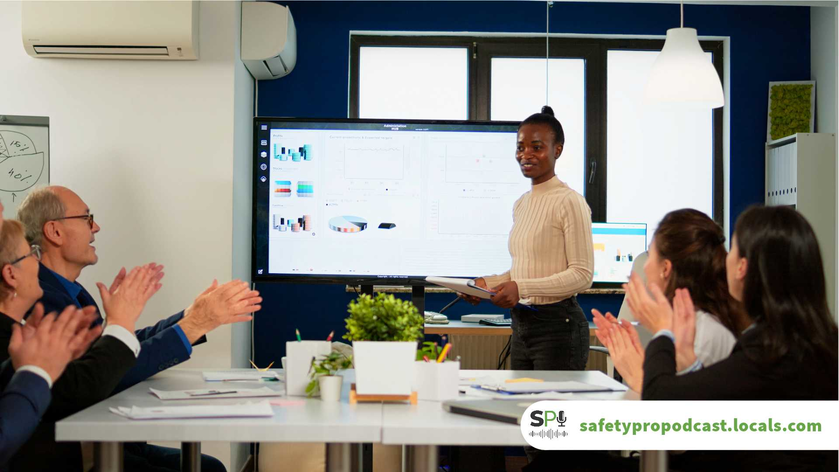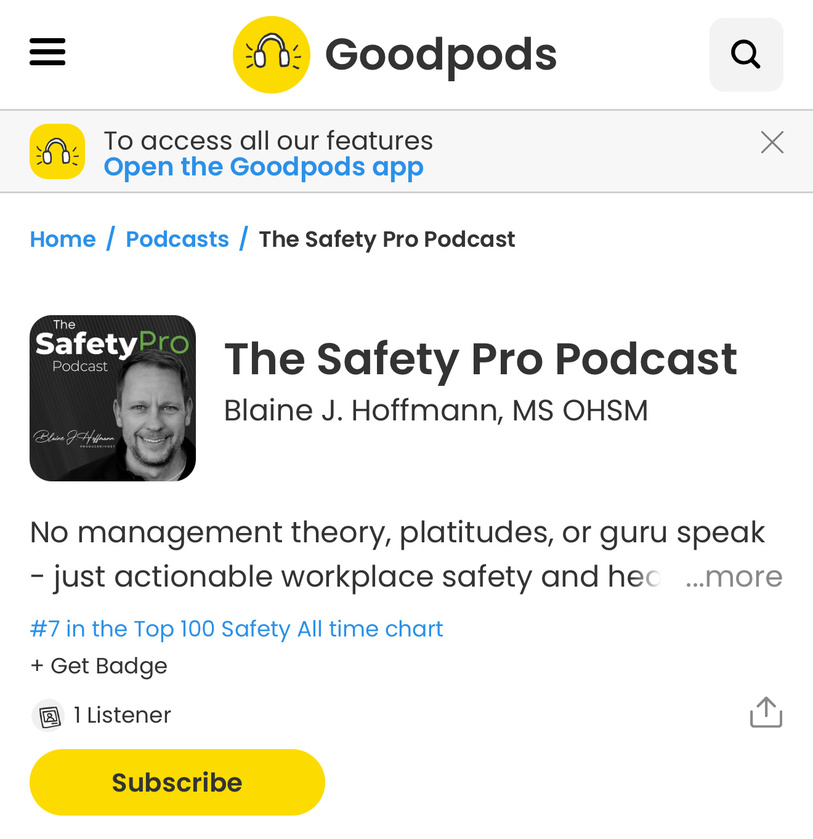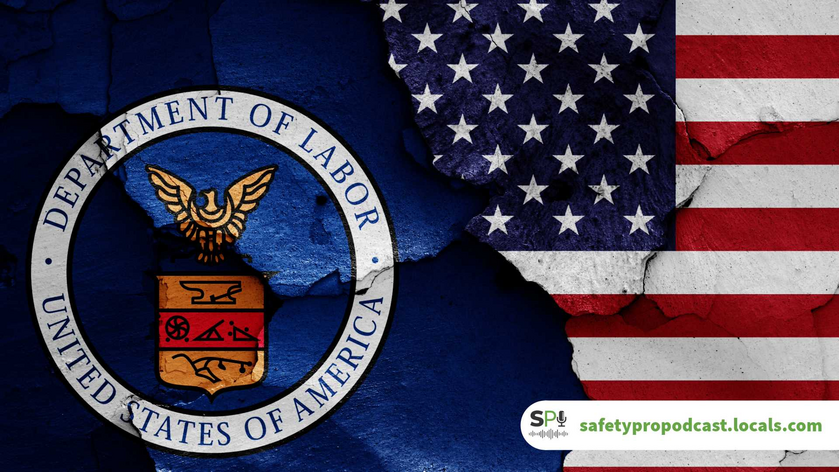In part 3 of our series Framing to Persuade, we will discuss the importance of highlighting benefits over features. When presenting a new safety program, distinguishing features and benefits can make or break stakeholder buy-in. Features describe the program's specific characteristics or functions, while benefits explain how those features will improve the organization's or stakeholders' experiences. Here's how you can shift the focus from features to benefits:
Shifting Focus to Benefits:
- Translate Features into Benefits: For each feature of your safety program, ask yourself, "What does this mean for the stakeholder?" which helps turn a descriptive feature into a persuasive benefit.
- Align Benefits with Stakeholder Values: Once you understand the benefit, align it with what you've identified as your stakeholders' primary values and concerns.
- Use Persuasive Language: Craft your message using language that evokes a vision of the improved future state that the benefit will create.
- Be Specific and Quantifiable: Use data and statistics to support how benefits can be quantified, such as reduced incident rates or financial savings.
- Create a Clear Comparison: Show a before-and-after scenario that illustrates the positive change from the current state to the proposed state with the new safety program.
Example of Highlighting Benefits Over Features:
Scenario: You are introducing a new wearable technology program that monitors employees' exposure to hazardous conditions in real-time.
Features might include:
- Real-time monitoring of environmental conditions.
- Automatic alerts when hazardous levels are detected.
- Data logging for incident analysis and compliance reporting.
To effectively highlight benefits over features, you might frame each point as follows:
Real-Time Monitoring
- Feature: The wearable technology provides real-time monitoring of environmental conditions.
- Benefit: This ensures immediate awareness and response to potential hazards, safeguarding employee health and preventing minor issues from escalating into serious incidents. You could say, "With this technology, our team will always be one step ahead, ensuring a proactive safety environment."
Automatic Alerts
- Feature: The system sends automatic alerts when hazardous levels are detected.
- Benefit: Employees and supervisors can act immediately to mitigate risks, significantly reducing the likelihood of accidents. A persuasive way to frame this could be, "Imagine a workday where you can manage risks instantly, providing peace of mind for everyone on the floor."
Data Logging
- Feature: It includes comprehensive data logging for incident analysis and compliance reporting.
- Benefit: This feature simplifies the incident investigation process and makes compliance easier, leading to more productive use of management's time and a more robust defense during audits. You might present this as, "This isn't just technology; it's the future of effortless compliance and simplified safety management."
In framing the discussion, you would emphasize that this wearable technology program is more than just a set of high-tech tools—it's an integral part of creating a safer workplace. For instance, you might say:
"Imagine a work environment where employees are empowered to manage their safety proactively. Our new wearable technology isn't just about monitoring; it's a commitment to our workforce's health and well-being. By instantly alerting staff to potential dangers, we're not just preventing accidents but promoting individual safety awareness. Beyond the direct benefits to each employee, the data logging feature streamlines our compliance process, turning what used to be hours of paperwork into a few clicks, which isn't just innovation—it's transforming how we prioritize and handle workplace safety."
By focusing on the benefits and tying them back to the values and concerns of your stakeholders, you create a compelling narrative that makes adopting the new safety program an attractive and logical step for your organization.
Look for Part 4 of Framing to Persuade: Utilize Risk Communication. Share your thoughts on Part 3 by joining the conversation at The SafetyPro Podcast community site today!

Blaine J. Hoffmann has been in the occupational safety & health industry for over 28 years and is the author of "Rethinking SAFETY Culture," available now. Blaine is the producer and host of The SafetyPro Podcast and founded the SafetyPro Podcast community site.



















